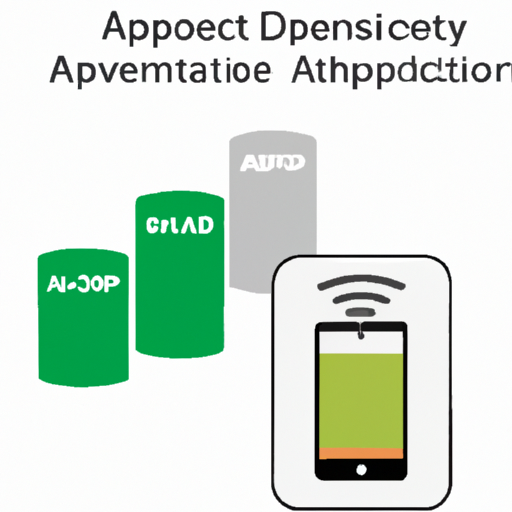Application Development in Rechargeable Batteries (Secondary) for 1295: Key Technologies and Success Stories
The development of rechargeable batteries, particularly secondary batteries, has become increasingly vital due to the growing demand for energy storage solutions across various sectors. This document outlines key technologies in rechargeable batteries and highlights notable success stories that illustrate their impact, particularly in the context of the 1295 application or standard.
Key Technologies in Rechargeable Batteries
| 1. Lithium-Ion Batteries | |
| 2. Lithium Polymer Batteries | |
| 3. Nickel-Metal Hydride (NiMH) Batteries | |
| 4. Solid-State Batteries | |
| 5. Flow Batteries | |
| 6. Sodium-Ion Batteries | |
| 1. Electric Vehicles (EVs) | |
| 2. Renewable Energy Storage | |
| 3. Consumer Electronics | |
| 4. Grid Storage Solutions | |
| 5. Drones and Robotics | |
Success Stories in Application Development
Conclusion

The field of rechargeable battery development is dynamic and rapidly evolving, with ongoing innovations that are shaping various industries. As technology progresses, we can anticipate the emergence of even more efficient, safer, and sustainable battery solutions. These advancements will play a crucial role in the transition to a cleaner energy future, supporting applications across electric vehicles, renewable energy storage, consumer electronics, and beyond. The success stories highlighted here exemplify the transformative impact of rechargeable batteries in meeting the energy demands of the modern world.
Application Development in Rechargeable Batteries (Secondary) for 1295: Key Technologies and Success Stories
The development of rechargeable batteries, particularly secondary batteries, has become increasingly vital due to the growing demand for energy storage solutions across various sectors. This document outlines key technologies in rechargeable batteries and highlights notable success stories that illustrate their impact, particularly in the context of the 1295 application or standard.
Key Technologies in Rechargeable Batteries
| 1. Lithium-Ion Batteries | |
| 2. Lithium Polymer Batteries | |
| 3. Nickel-Metal Hydride (NiMH) Batteries | |
| 4. Solid-State Batteries | |
| 5. Flow Batteries | |
| 6. Sodium-Ion Batteries | |
| 1. Electric Vehicles (EVs) | |
| 2. Renewable Energy Storage | |
| 3. Consumer Electronics | |
| 4. Grid Storage Solutions | |
| 5. Drones and Robotics | |
Success Stories in Application Development
Conclusion

The field of rechargeable battery development is dynamic and rapidly evolving, with ongoing innovations that are shaping various industries. As technology progresses, we can anticipate the emergence of even more efficient, safer, and sustainable battery solutions. These advancements will play a crucial role in the transition to a cleaner energy future, supporting applications across electric vehicles, renewable energy storage, consumer electronics, and beyond. The success stories highlighted here exemplify the transformative impact of rechargeable batteries in meeting the energy demands of the modern world.













